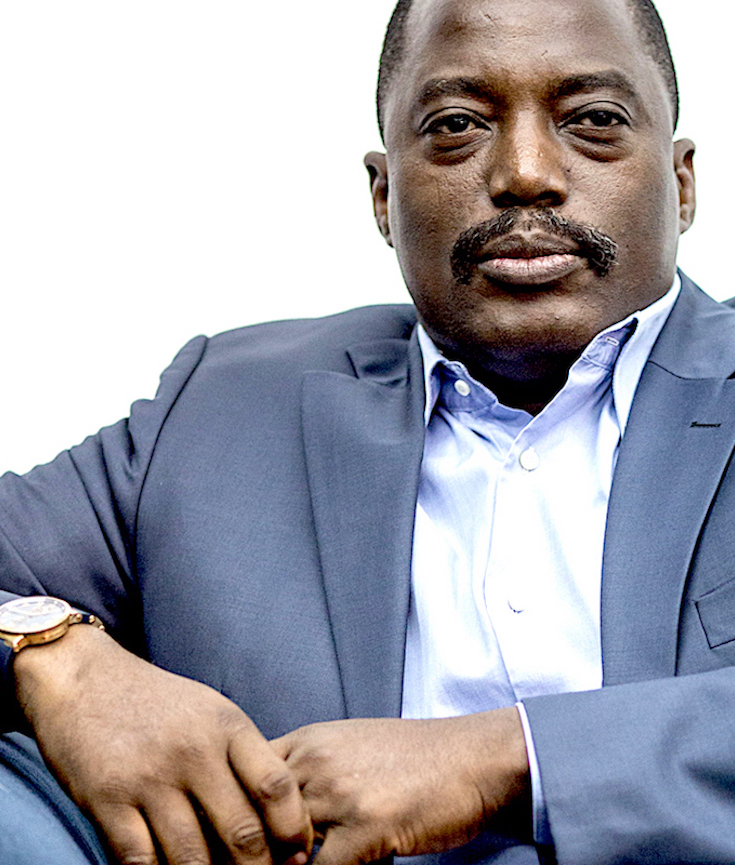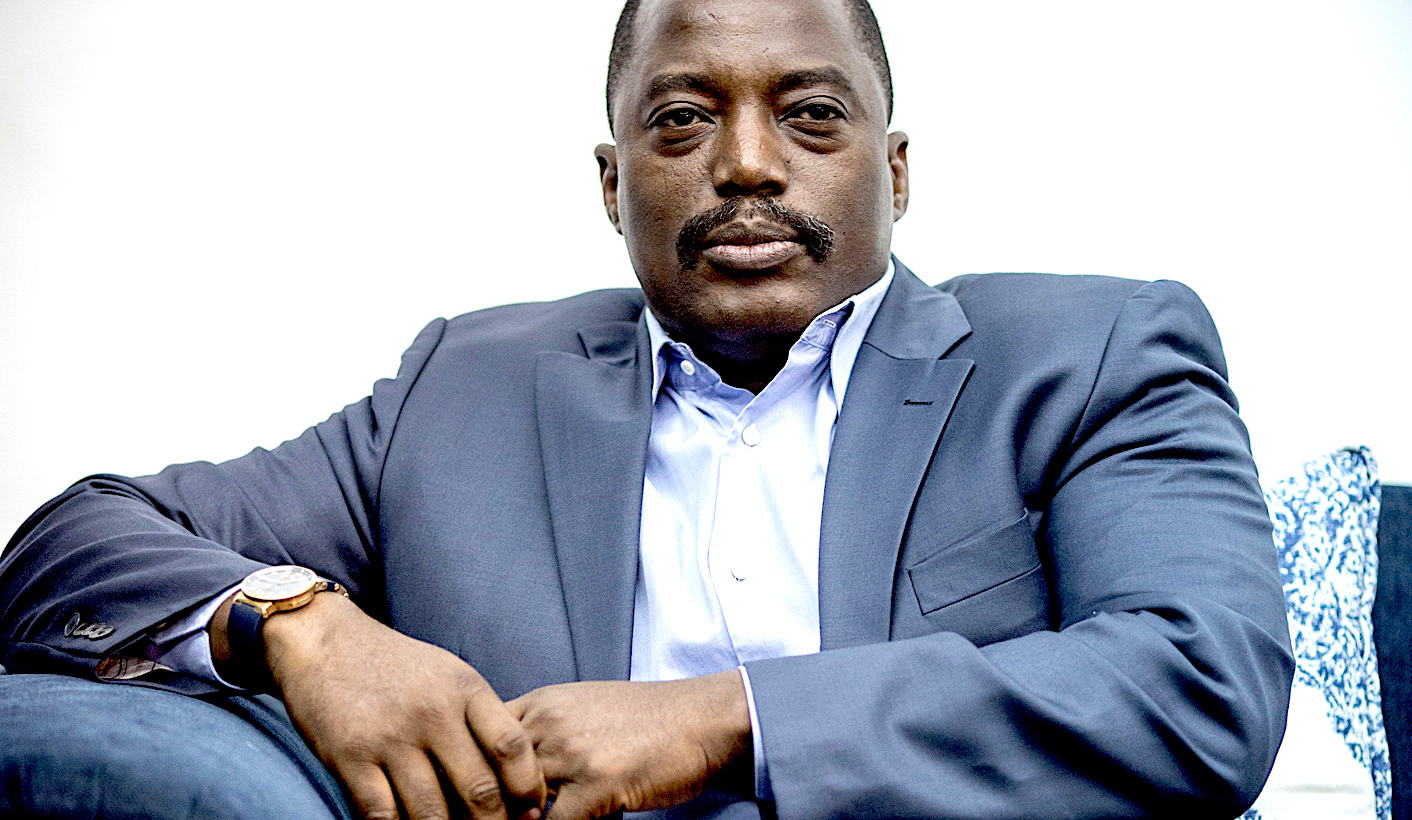In the west, dozens of people have been killed in clashes between security forces and anti-Kabila protestors. In the east, armed militias are fighting for control while the central government is distracted.
[mc4wp_form id=”6042″]
The Democratic Republic of Congo (DRC) has had a fragile peace since the early 2000s, emerging from two civil wars that sucked in its neighbors to become the bloodiest interstate conflict since World War II. More than 5 million people were killed and millions displaced between 1994 and 2003, and the east of the country is still prone to sporadic fighting. There are fears the current political crisis could herald a return to that protracted violence.




The Democratic Republic of the Congo (/ˈkɒŋɡoʊ/; French pronunciation: [kɔ̃ɡo]; French: République démocratique du Congo), also known as DR Congo, DRC, DROC, Congo-Kinshasa, or simply the Congo is a country located in Central Africa. From 1971 to 1997 it was named, and sometimes still called Zaire, and from 1908 to 1960 it was called the Belgian Congo. The DRC borders the Central African Republic, and South Sudan to the north; Uganda, Rwanda, Burundi and Tanzania to the east; Zambia and Angola to the south; the Republic of the Congo to the west and the Atlantic Ocean to the southwest. It is the second-largest country in Africa by area and eleventh largest in the world. With a population of over 80 million, the Democratic Republic of the Congo is the most populated officially Francophone country, the fourth most-populated nation in Africa and the eighteenth most populated country in the world.
The Congolese Civil Wars, which began in 1996, brought about the end of Mobutu Sese Seko’s 32-year reign and devastated the country. These wars ultimately involved nine African nations, multiple groups of UN peacekeepers and twenty armed groups, [unreliable source?] and resulted in the deaths of 5.4 million people.
The Democratic Republic of Congo is extremely rich in natural resources, but is politically unstable, has a lack of infrastructure, deep rooted corruption, and centuries of both commercial and colonial extraction and exploitation with little holistic development. Besides the capital, Kinshasa, the other major cities, Lubumbashi and Mbuji-Mayi, are both mining communities. DR Congo’s largest export is raw minerals, with China accepting over 50% of DRC’s exports in 2012. As of 2013, according to the Human Development Index (HDI), DR Congo has a low level of human development, ranking 176 out of 187 countries. (Wikipedia)




You must be logged in to post a comment.